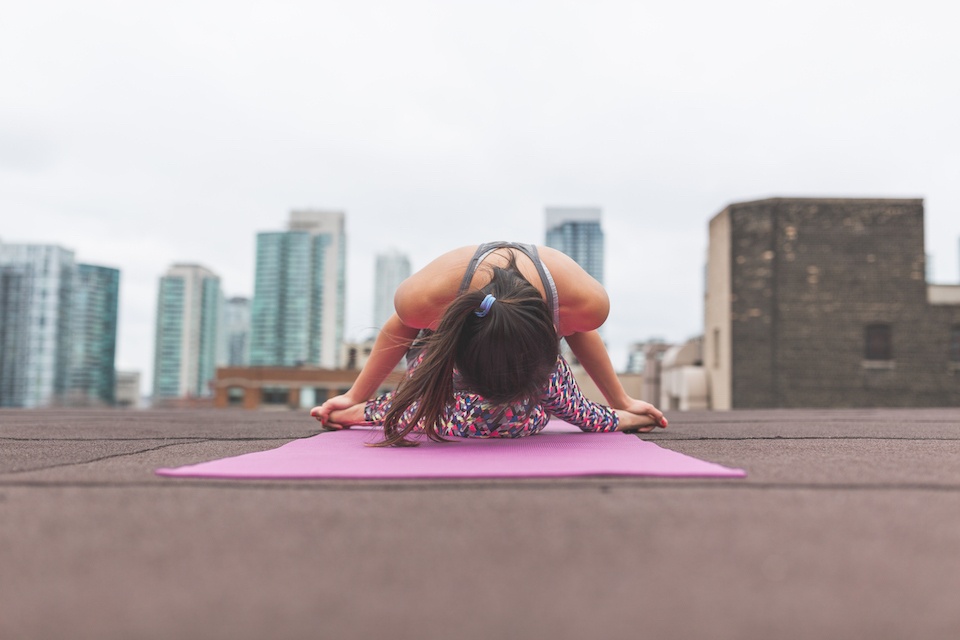When most of us think of hypnosis, our minds tend to conjure particular scenes: a timepiece swinging from side to side; someone quacking like a duck for an audience’s amusement; a hypnotist creepily half-whispering some version of, “You’re getting sleeepyyy.” These classic images of hypnosis embedded in our collective consciousness give the practice a really bad rap. But the truth is, hypnosis—or hypnotherapy, as it’s referred to when practiced in clinical settings—has a number of practical benefits to offer. Research supports the use of hypnosis for everything from smoking cessation to weight loss. It’s been shown to yield powerful results for people dealing with panic attacks, sleep disturbances, chronic pain, low self-esteem, and much more. In short, the real practice of hypnosis is nothing like the dramatized versions we’ve been shown on television and stage shows. It’s a true healing practice, and the reason it works so well is far less spooky than you might imagine.
Hypnosis, in essence, is all about connection. It’s a way of crossing over boundaries that tend to separate us from ourselves, others, and the world in general. When these boundaries are dissolved through hypnosis, the wisdom of the body and the unconscious mind can be recruited to generate powerful changes. Often, our attempts to create change at the conscious level only wind up getting us more stuck. For example, people with insomnia who try hard to fall asleep will usually discover that those well-intentioned, perfectly reasonable efforts only keep them more awake. But the truth is, the body and unconscious mind know precisely how to drift into deep sleep; and if the conscious mind gets out of the way, they’ll do it with ease. So that’s where hypnosis comes in—and, more specifically, where self-hypnosis comes in.
Self-hypnosis is a practice we can all adopt to help us get more relaxed, sleep better, manage pain more effectively, and cope with mental and emotional challenges that arise throughout the day. The practice, which shares some things in common with meditation, can give us access to our own healing super-powers. By learning how to dissolve boundaries and create connections, we can access the extraordinary wisdom of our unconscious minds and bodies.
The practice of self-hypnosis allows us to enter a flow state, in which changes can happen effortlessly and spontaneously. It helps us come back to the balanced state that is our true nature. Hypnosis isn’t some form of sorcery, as those classic images would have us believe, but it does help us tap into the magic that we carry around inside of us—the magic that helps us heal ourselves.
Anyone can learn to hypnotize themselves; all it takes is a few simple tools and a little practice. If you’re intrigued, or think you could benefit from what self-hypnosis has to offer, join me at Innergy Meditation on Friday, January 18th from 7:30p.m. – 9:30p.m., and learn how you can Unleash Your Inner Healer Through Self-Hypnosis. I hope to see you there!


